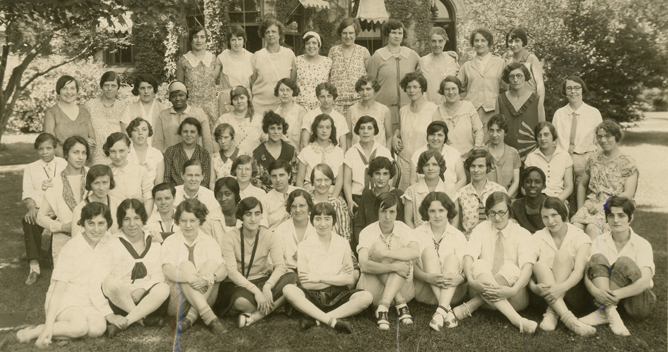Speaker Bio
Erin N. Bush is a PhD student at George Mason University in Fairfax, Virginia. She studies gender and law in American society and applied digital methods. Her research explores gender norms as conveyed and manipulated through various 19th and 20th century murder trials. Her other academic interests include cultural constructs of insanity and other diseases of women, and institutions of social control and confinement. She received a Bachelor of Arts in American history and journalism from the University of Wisconsin-Madison and graduated summa cum laude with a Master of Arts in history and new media from George Mason University.
Abstract
Digital methodologies are valuable for helping to narrow voluminous potential subjects of historical research into a scalable endeavor. In this paper, I will present a project that stemmed from an effort to understand the volume, types, timing, and geography of capital cases involving women in the United States. I applied visualization and querying techniques to data from "The Executions in the United States" database to help identify patterns in state-sanctioned executions of women between 1608 and 2002. While scholars have traditionally told the story of American executions through individual case studies, by exposing the patterns and similarities across cases involving women, one can explore larger patterns in the history of capital punishment. Out of over 15,000 records, only 365 cases involved women. Early results indicate surprising peaks, valleys, and geographic distribution in executions of women. Virginia emerged as the leader in executing women. Equally surprising, the 1830s saw the most women executed in any single decade. The geographic dissemination of these results reinforces known patriarchal and racist standards that existed in the South for much of our history. As such, these findings open opportunities for the future study of American cultural responses to Southern women accused of violent crimes.
Beyond a Reasonable Doubt: Executions of Women in the United States
Digital methodologies are valuable for helping to narrow voluminous potential subjects of historical research into a scalable endeavor. In this paper, I will present a project that stemmed from an effort to understand the volume, types, timing, and geography of capital cases involving women in the United States. I applied visualization and querying techniques to data from "The Executions in the United States" database to help identify patterns in state-sanctioned executions of women between 1608 and 2002. While scholars have traditionally told the story of American executions through individual case studies, by exposing the patterns and similarities across cases involving women, one can explore larger patterns in the history of capital punishment. Out of over 15,000 records, only 365 cases involved women. Early results indicate surprising peaks, valleys, and geographic distribution in executions of women. Virginia emerged as the leader in executing women. Equally surprising, the 1830s saw the most women executed in any single decade. The geographic dissemination of these results reinforces known patriarchal and racist standards that existed in the South for much of our history. As such, these findings open opportunities for the future study of American cultural responses to Southern women accused of violent crimes.
